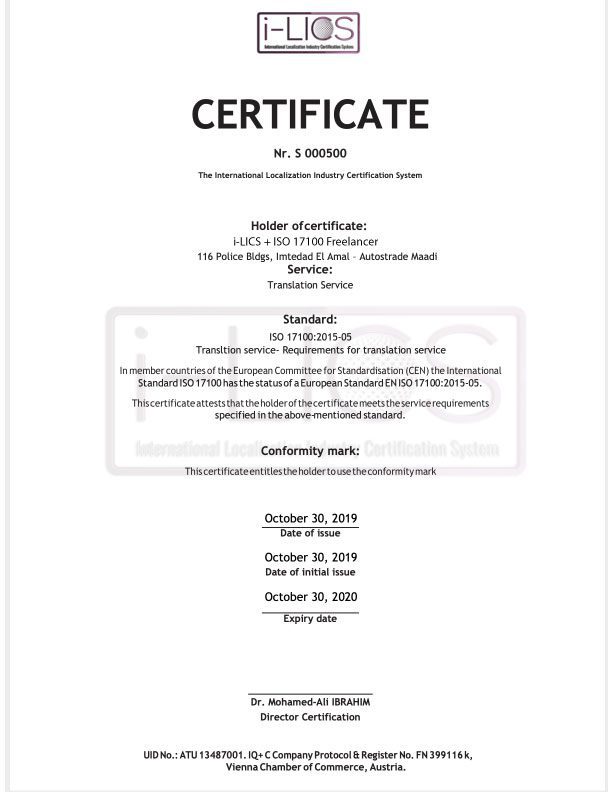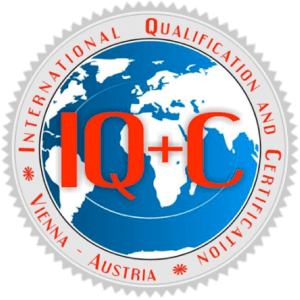ISO 20109:2016 Simultaneous Interpreting — Equipment — Requirements
This specifies the components of typical interpreting equipment, which, together with either permanent (ISO 2603) or mobile (ISO 4043) booths from the interpreter’s working environment.
International Certified ISO 20109:2016 Simultaneous Interpreting-Equipment- expert
Be one of the worldwide first internationally recognized ISO 20109:2016 Simultaneous Interpreters and show your specific expertise as an extinguished insider. We offer the certification process for organizations and freelancers.
We are here to provide genuine, professional, and honest answers to any queries or advice to help you create an effective solution for your needs.
About ISO 20109:2016 Simultaneous Interpreting
ISO 20109:2016 is an International Standard that specifies the requirements for simultaneous interpreting services.
Here are some key points about ISO 20109:2016:
1. Scope: The standard focuses on simultaneous interpreting, which is a form of interpreting where the interpreter listens to the speaker and delivers the interpretation in the target language in real time, typically using specialized equipment such as interpreting consoles and headsets.
2. Requirements for Interpreters: ISO 20109:2016 outlines the qualifications, competencies, and professional conduct expected of interpreters providing simultaneous interpreting services. This includes linguistic proficiency, subject matter expertise, specialized training in simultaneous interpreting techniques, and adherence to ethical standards such as confidentiality and impartiality.
3. Equipment Requirements: The standard specifies requirements for the equipment used in simultaneous interpreting, including interpreting consoles, microphones, headsets, and other audiovisual equipment. These requirements ensure the quality and reliability of audio transmission and interpretation during events.
4. Client Requirements: ISO 20109:2016 addresses the responsibilities and requirements of clients (such as event organizers or end-users) who engage in simultaneous interpreting services. This may include providing necessary information to interpreters, ensuring suitable working conditions, and adhering to contractual agreements.
5. Quality Assurance: The standard emphasizes the importance of quality assurance measures throughout the interpreting process, including pre-event preparation, on-site coordination, and post-event evaluation. This ensures the accuracy, reliability, and effectiveness of simultaneous interpreting services.
ISO 20109:2016 aims to establish a common framework for the provision of simultaneous interpreting services, promoting professionalism, quality, and consistency in the field. Adherence to this standard helps ensure that interpreters, clients, and service providers meet established criteria for delivering high-quality simultaneous interpreting services in various settings, such as conferences, meetings, and multilingual events.

Complete the course and showcase your success with the International ISO 20109:2016 Certificate.
When choosing an interpretation partner, the client wants to be reassured that they work with a secured Interpretation Service Provider to receive a quality interpretation. With the ISO 20109:2016 Certificate, you increase customer confidence and win more international clients.



